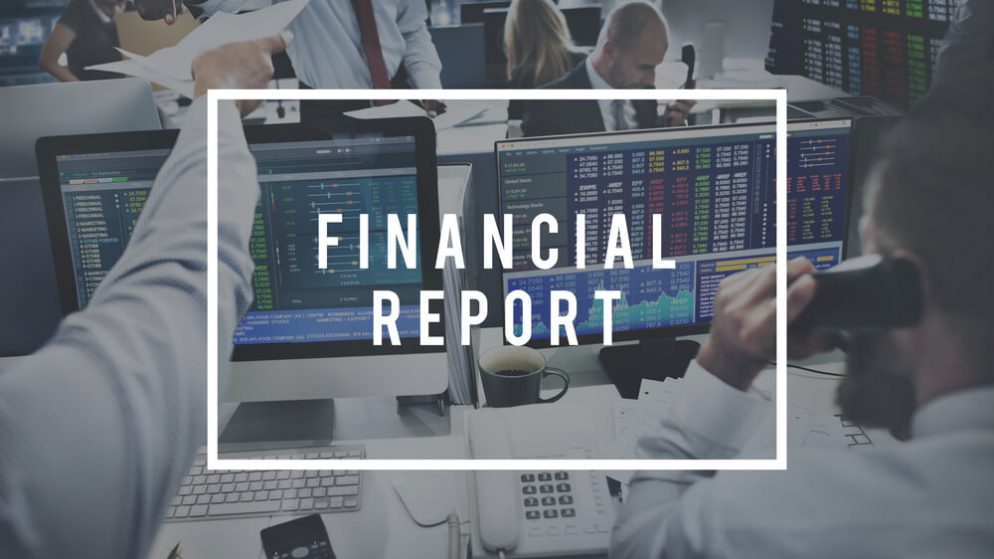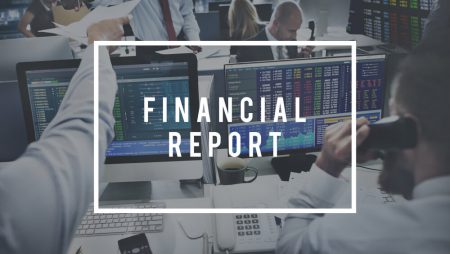

US is currently facing a banking crisis that has triggered extensive uncertainty and panic- and understandably so. According to experts, there are more than 4,000 banks in the country, which represents an average of 80 banks for 4 each of the 50 states.
This amount is higher than most countries in the world and more than all the small European banks combined. Although the high number of banks can be described as excessive by some, the banks have continuously shaped the economy in numerous ways.
On the flip side, many banks have also presented a conundrum that has led to the collapse of some of the largest and most popular banks in the country. In March, one such bank, the Silicon Valley Bank filed for bankruptcy due to the numerous challenges that financial institutions in the country have been facing.
What we cover
What happened to the Silicon Valley Bank?
Before its financial troubles began, the SVB was regarded as the 16th largest bank in the country. Established in 1983, SVB specialized in financing and banking for some of the biggest venture capital-backed firms and startups, many of which were tech companies. For years, SVB had been supplying financing for approximately half of these venture-capital-backed technology startups.
However, on March 10th, Silicon Valley Bank announced its collapse. Several factors led to the collapse of Silicon Valley Bank such as protracted exposure to risky assets. Like many other banks that have been affected by this crisis, SVB had considerable exposure to risky assets, especially in the form of mortgage and real estate securities.
When the housing market bubble crashed last year, it caused the bank to suffer massive losses. In addition, Silicon Valley banks relied heavily, perhaps too much, on the technology sector which made it even more susceptible to the downturn during the banking crisis. As more tech startups faced economic challenges and lowered access to capital, Silicon Valley started experiencing declines in loan repayment rates.
Things were made much worse by increased regulatory scrutiny. Financial institutions have over the past few years been forced to deal with higher regulatory scrutiny. As stricter capital requirements were implemented by said regulatory bodies, the banks’ financial position was further strained.
When March kicked off, it was apparent that the journey had come to an end for SVB. By March 8th, SCV had sold roughly $21 billion of securities from its portfolio at a massive loss of $1.8 billion in Q1. This occurred largely due to the high request for withdrawals from its customers as soon as the bank announced its share sale.
By March 9th, SVB’s shares had dropped by more than 40%, the largest drop since the financial crisis of 1998. By the evening of March 8th, venture capital companies had already pulled out money from the bank. In total, it is estimated that Silicon Valley customers withdrew close to $42 billion.
On March 10th, with the banks’ shares halted, the Federal Deposit Insurance Corporation was finally appointed to mitigate the problem. The possible collapse of Silicon Valley Bank sent ripples all across the country, thus leading customers of yet another big bank known as Signature Bank to withdraw deposits worth $10 billion.
To alleviate further fears, federal regulators also eventually took control of Signature Bank, making Signature the 3rd largest bank in American history to collapse. In an attempt to stop the crisis from worsening, the President in a TV interview announced that his administration would work harder to restore the growth and prosperity of the struggling banking system in the country. Despite the President’s assurance, several more banking shares continued to drop.
Gambling and banking
Approximately 4 and a half million gamblers in the US now do so online. As more and more states have continued to legalize their gambling markets, the number of punters in the country has gone up and will likely keep growing as internet penetration persists and as legalization continues to sweep the country.
So much so that the iGaming market is anticipated to grow to $100 billion by 2026. Today, roughly 90-95% of combined funds utilized credit cards for online betting. The remaining funds are typically sourced from wire transfers, debit cards, as well as 3rd party payments from companies such as PayPal.
Since banking must be a part of almost every gambling activity, the industry has been extremely lucrative for all parties involved including the credit card companies, as well as banks. Where banks are involved, the majority of retail operators pay a fee of 2-3% to the merchant banks whenever credit card transactions are conducted online.
The fee tends to be much higher where online gambling transactions are concerned. This is because online betting transactions carry a higher risk. With banking institutions in America struggling, this is likely to impact gamblers in various ways. For instance, the recent banking struggles have the potential to impact credit availability for operators looking to expand.
As the banking crisis persists, it could lead to tighter credit accessibility, which will no doubt affect operations, as well as expansion plans for companies seeking to make acquisitions or launch new projects. Plus, we are still living in a period of extreme financial uncertainty characterized by inflation.
During such instances of financial uncertainty, many gamblers have been forced to reduce their discretionary expenditure, including betting spending. With individuals choosing to cut back on non-essential activities like betting, the revenue that banks have been generating in the past has also come down greatly, further affecting banking institutions in the country.
But it’s not all bad news though. A possible positive effect of the crisis is a mounting interest in established online betting platforms. The ongoing crisis may also force gambling companies to look into alternative streams of revenue. By diversifying their products and services, operators can successfully mitigate the influence of the banking crisis on operations.
Conclusion
As American banks struggle to find their footing yet again, the ongoing banking crisis has served as a stark reminder of the vulnerabilities that intrinsically impact modern banking systems. The repercussions of the banking crisis will no doubt far-reaching. However, we have to wait and see just how the gambling industry will be affected by this crisis.





